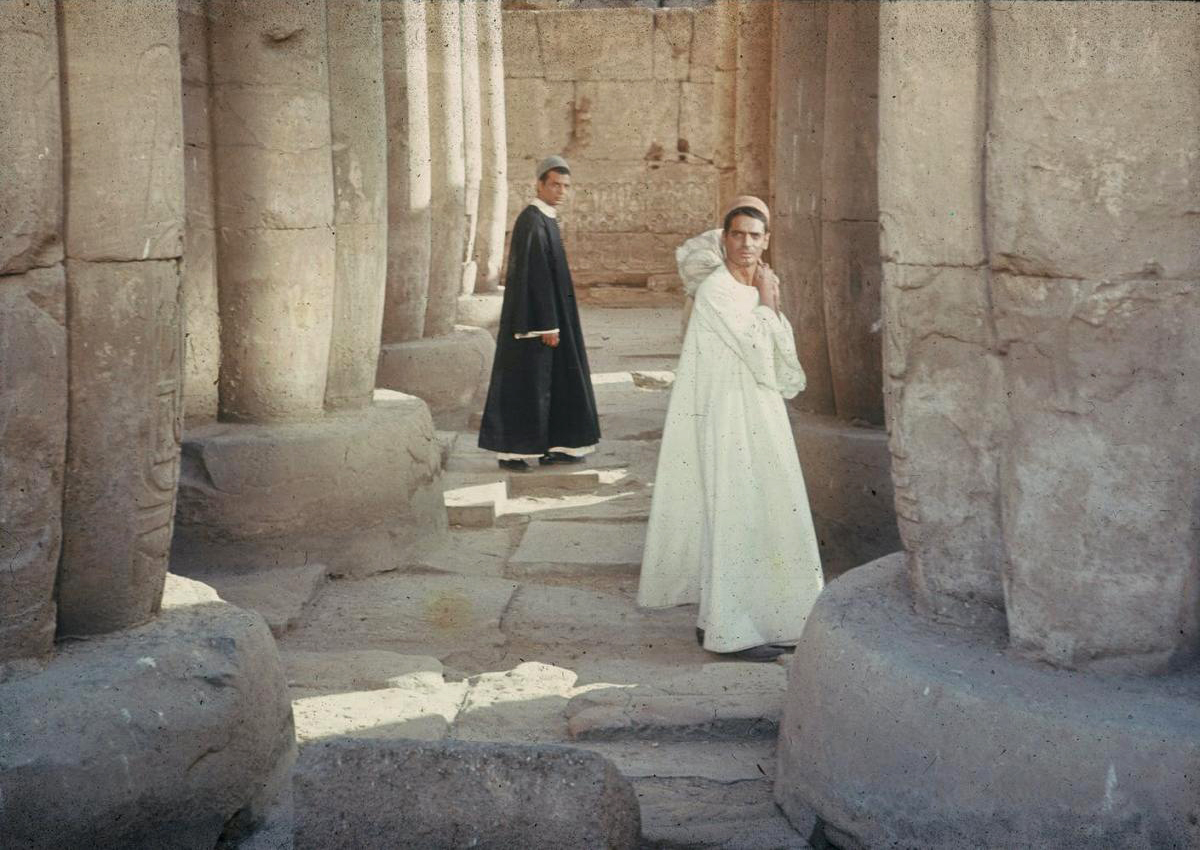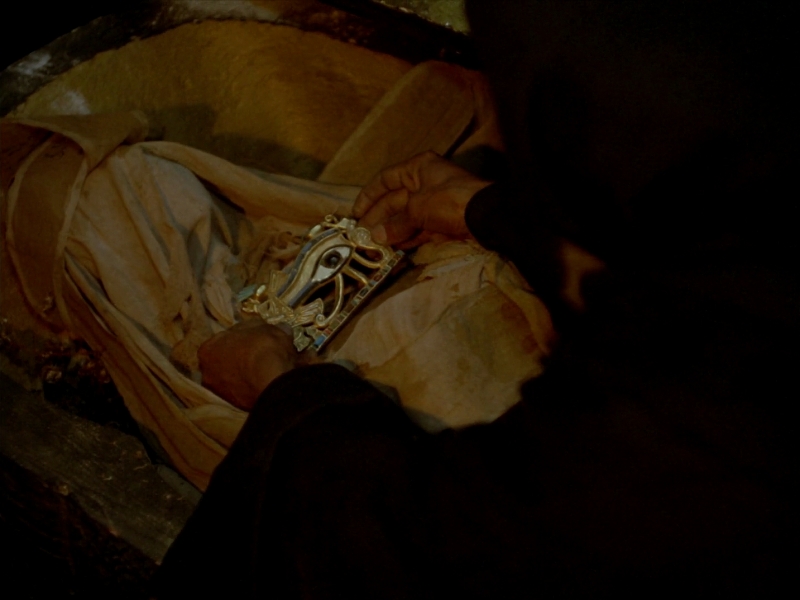On 21 January 2021, Sabzian and Courtisane are hosting the fifth Milestones screening online, presenting Al-mummia [The Mummy] (1969), the only full-length film by the Egyptian screenwriter, costume and set designer, and filmmaker Shadi Abdel Salam (1930-1986), which is also known by its alternative English title The Night of Counting the Years.
Shadi Abdel Salam (1930-1986) was an acclaimed artist among Egyptian, Arab and international filmmakers. He was a creative designer of set decorations and costumes, a screen writer and a film director with a unique vision that embraced ancient Egyptian culture as well as Egypt’s Islamic and Christian heritages. Born in Alexandria on 15 March 1930, Shadi graduated from Victoria College, Alexandria, in 1948 and then moved to England to study theater arts from 1949 to 1950. He graduated as an architect from the Faculty of Fine Arts, Cairo, in 1955, after which he worked for several years as assistant to architect Ramsis W. Wassef. He went on to design the decorations and costumes for numerous historical Egyptian films among which Wa Islamah [Sword of Islam] (Enrico Bomba & Andrew Marton, 1961), Almaz we ‘Abdou el Hamoulî [Almaz and Abdul Hamuli] (Helmy Rafla, 1962) and Al Nasser Salah Ad-Din [Saladin] (Youssef Chahine, 1963). He also participated in designing the sets and costumes of a number of foreign films such as Cleopatra (Joseph L. Mankiewicz, 1963), Pharaoh (Jerzy Kawalerowicz, 1966) and La lotta dell'uomo per la sua sopravvivenza [Man's Struggle for Survival] (Renzo & Roberto Rossellini, 1964–1970). With the help of Roberto Rosselini, Abdel Salam was able to direct his first full-length feature, Al-mummia, in 1969. His next dream project, Akhenaton, was never accomplished, in spite of fifteen years of intensive preparation and research.
Introduction to the film by Stoffel Debuysere:
The film will be available on Sabzian free of charge only in Belgium. The presentation of Al-mummia is part of a series of four Milestones screenings hosted online by Sabzian, of which three in collaboration with Courtisane.
Al-mummia was restored in 2009 by The Film Foundation’s World Cinema Project at Cineteca di Bologna /L’Immagine Ritrovata laboratory in association with the Egyptian Film Center. Restoration funding provided by Armani, Cartier, Qatar Airways, Qatar Museum Authority and the Egyptian Ministry of Culture.

Milestones is a series of stand-alone screenings, hosted by Sabzian, of film-history milestones, reference works or landmarks, films that focus on aesthetic or political issues and stimulate debate and reflection. In earlier instalments, Sabzian presented Andy Warhol’s Sleep (1964), Jean-Luc Godard’s monumental video work Histoire(s) du cinéma (1988-1998), Robert Kramer’s Milestones (1974), and Méditerranée (1963) and L’ordre (1973), two films by Jean-Daniel Pollet. For each screening, Sabzian publishes texts that contextualize the film.
With the support of the Flemish government



